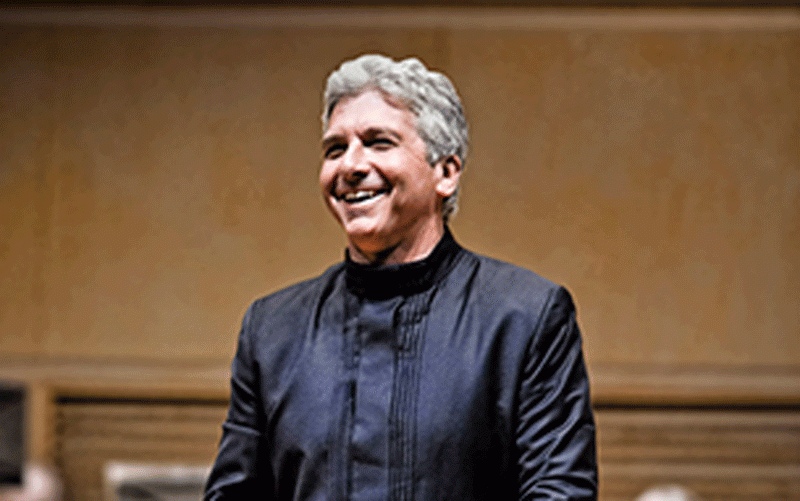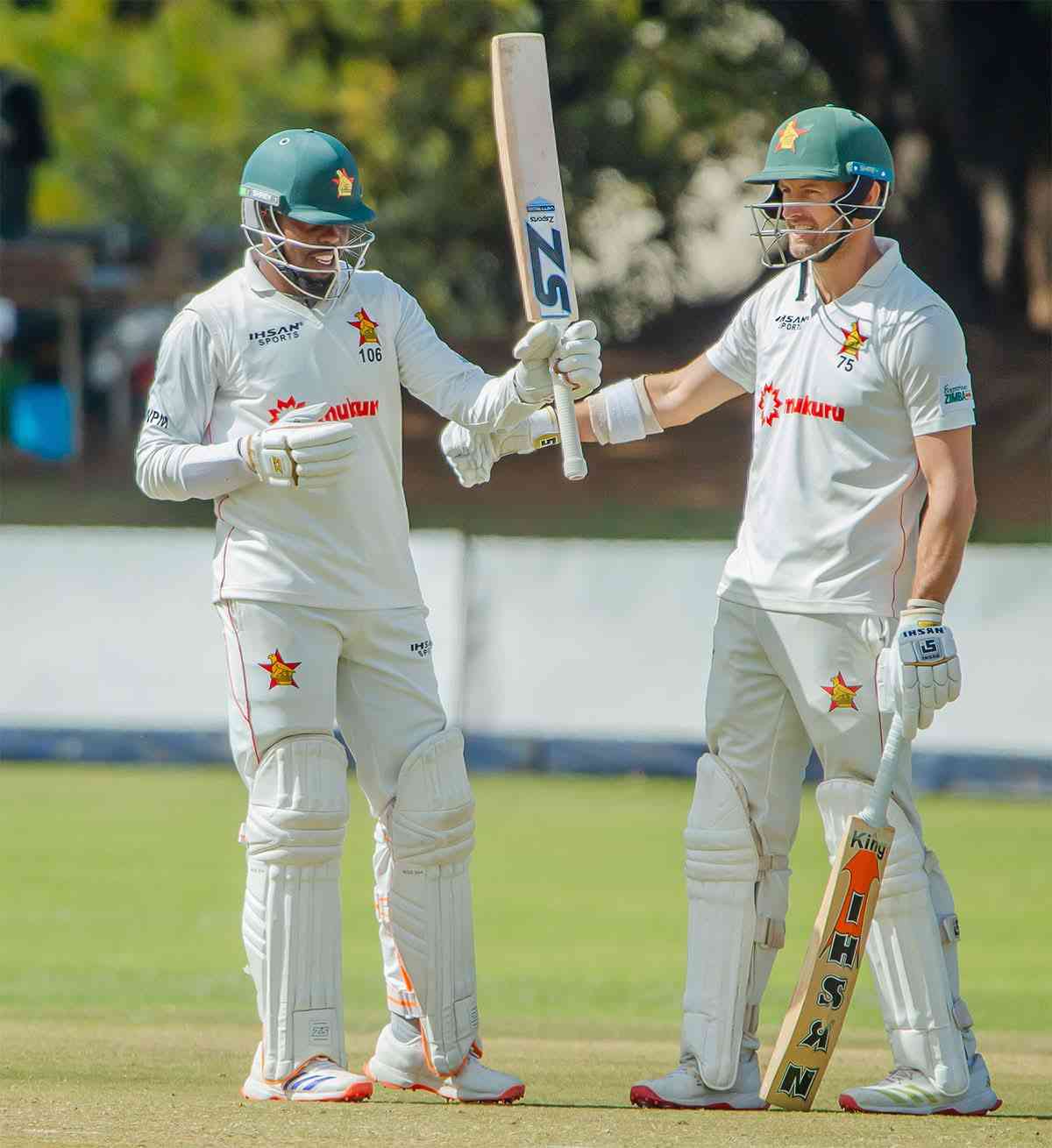
school of sport:with TIM MIDDLETON
“YOU’RE for the high jump, boy!” Those are not words that we want to hear, for sure! If we do hear them, then we are in trouble, serious trouble; we are going to be punished definitely, severely, swiftly, in which case we would be best to move away from the high jump and go for the sprint, in other words head as far away as possible as quickly as possible!
We must have done something dreadfully wrong, badly, irresponsibly to be told those words and so we are going to have to face the consequences. Furthermore, the one who says those fateful words may well also make it abundantly clear to us that, “When I say, ‘Jump’, you say, ‘How high?’” In other words, just do it, don’t ask questions, oh and one more thing, hurry up! Yes, we are for the high jump!
In athletics, the High Jump is one of the most intriguing, absorbing, thrilling events as well as being one of the longest (due to competitors being allowed up to three attempts at each height). Furthermore, it is probably one of the toughest events as it is not just about technique but also about exact timing and extensive thought. The event requires, apart from considerable athletic ability, supreme concentration, focus, confidence, will power, rhythm. It is a massive mental test. It is also fundamentally an incremental test, whereby the progress is done in millimetres. In 1912 the world record for the men’s High Jump was 2 metres. Little by little, usually one millimetre at a time, the record height has gone up, so that in 1993 the height reached was 2.45 metres — and interestingly it has not gone up since then. Finally it is an experimental test, whereby the competitors have the opportunity to try, try and try again.
It is also an event that has seen many extreme techniques as athletes strove to reach greater heights. Initially, competitors approached the bar head on and sought to hurdle the bar; later, athletes chose to approach the bar from the side and jump using the Scissors technique. Then, jumpers introduced the Western Roll as they rolled their body round the bar before the Straddle was introduced. And then, one day at the 1968 Olympic Games held in Mexico, a certain Dick Fosbury stepped forward and changed the course of High Jump, winning the Gold Medal with a leap of a new Olympic record of 2.24 metres. Unlike other competitors, Fosbury jumped off the ‘wrong foot’ (the outer one), arched his back and cleared the bar backwards, before falling to the mattress.
In many ways like the High Jump, education has also evolved at different times in different ways, often in small but significant stages while at times in radically different approach. The advent of the internet has perhaps been as significant a change as the mattress was to the High Jump as both allow the participants to do something very different and to reach greater heights. Furthermore, education is not simply about academic ability, but equally requires intense concentration, focus, confidence, will power and determination. Education is, above all, about reaching greater heights.
In a similar vein as well, our children need to approach not just their education but their life as a whole in a similar manner. We as teachers and parents must help them to aim for greater heights of achievement in all areas of life, little by little. We must look for innovative ways to help them achieve these goals. We must help them to apply full concentration; we must do all we can to increase their confidence, by preparing and pacing them at the right time in the right manner — after all, no athlete would aim to jump a massive height without warming up at easier stages. We must allow them to knock the bar down and come back to try again, still with confidence.
The High Jump is also intriguing as the athlete needs to make the various jumps while not wasting his precious energy and spring; if he tires his legs out before he reaches the greater heights he will struggle. So with our children, if they tire themselves out on meaningless activities they will not be able to respond with the necessary alertness and acumen when the bigger challenges come.
- Chamisa under fire over US$120K donation
- Mavhunga puts DeMbare into Chibuku quarterfinals
- Pension funds bet on Cabora Bassa oilfields
- Councils defy govt fire tender directive
Keep Reading
So, yes, let us be clear: we are for the high jump. We are for the high jump in the sense that we are not against it, but support all the valuable lessons it can teach our child. However, we will be for the high jump in the negative sense if we do not help our child master the skills of the High Jump and transfer them to his studies and daily life. The High Jump is a wonderful test. How high will he jump?
lTim Middleton is a former international hockey player and headmaster, currently serving as the Executive Director of the Association of Trust Schools; email: [email protected]











